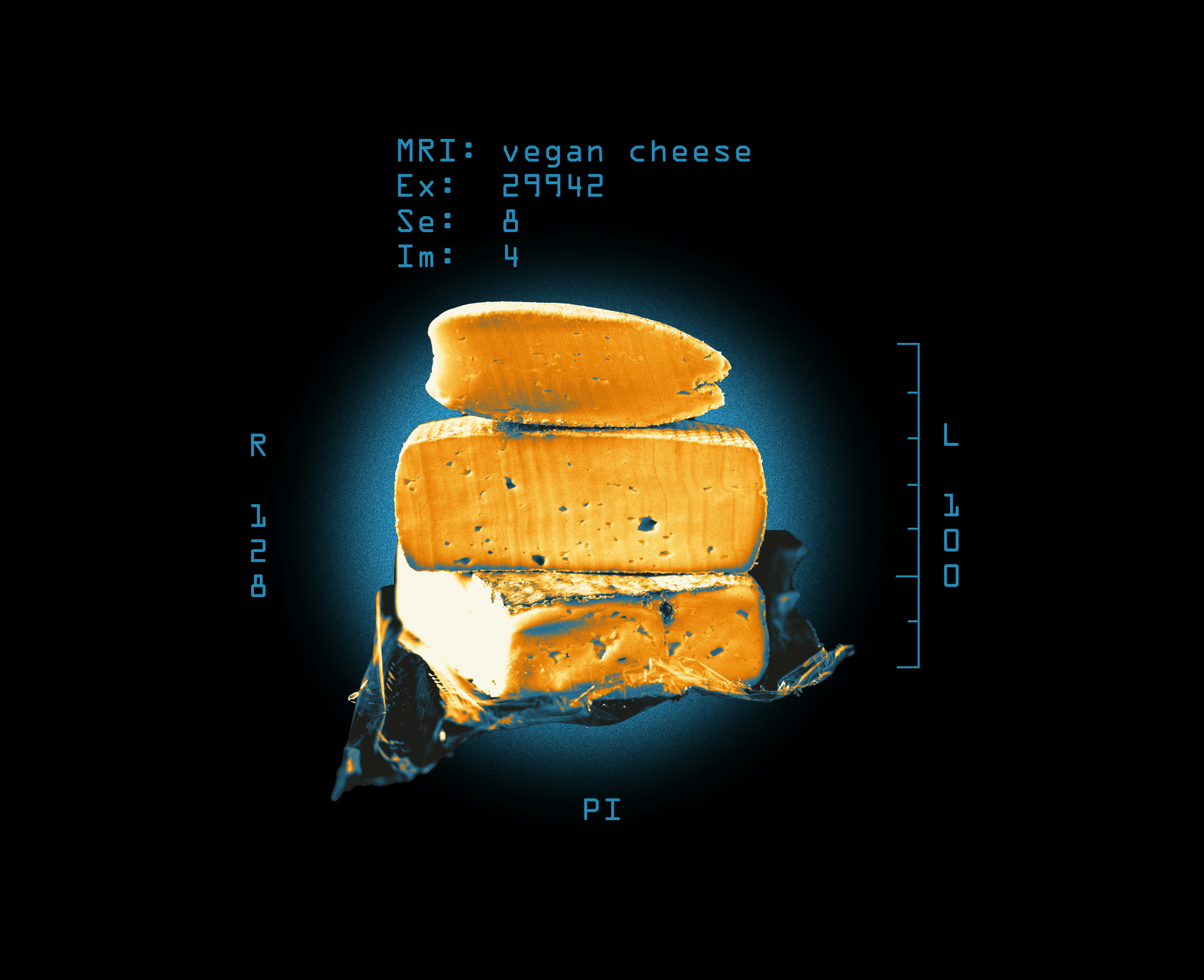
Cheese pulls are their own category of food porn. It’s not enough to savor a mozzarella stick — first you must break and draw it apart like delicious, greasy Silly Putty. If we feast with our eyes first, then we skip an entire meal by leaving out a slow, sensual cheese pull.
So it’s not surprising that meltability and gooeyness is a priority when it comes to making vegan cheeses. Unsurprisingly, this characteristic is also one of the hardest to replicate in non-dairy cheeses. The demand for these products has markedly increased: Over the last two years, sales of plant-based foods increased 53 percent. As appetite for vegan dairy alternatives grows, consumers search for animal-free versions that deliciously ooze like the real thing. So far, though, vegan cheese doesn’t really melt. The reason behind this discrepancy is all in its chemistry.
What makes dairy cheese melt?
Cheese’s underlying chemistry enables its mouthwatering pull, Pamela Ismail, professor of food chemistry at the University of Minnesota, tells Inverse. Cheese comes from milk, which is an emulsion of fats and proteins in water. To make cheese, manufacturers add bacteria to milk. These microbes then chow down on the carbohydrate lactose and produce lactic acid. Lactic acid acts as a catalyst, lumping proteins called caseins together in a process known as curdling.
As milk curdles, Ismail says, a phosphate group attaches to the protein that links caseins together with the abundant amount of calcium found in milk. The result is chains of spherical bundles known as micelles that entrap fat. The curdled milk then separates into solid protein made of casein micelles and liquid protein made of whey. Cheesemakers squeeze the whey from this mixture, leaving only solids to eventually form hard cheeses like cheddar. Soft cheeses like mozzarella are formed by repeatedly stretching the curds.
Heat breaks the calcium phosphate bonds between these caseins, so a cheese pull is basically a slip n’ slide for these micelles and fats. A cheese’s moisture content and acidity affect how stretchy it is, which is why some cheeses are meltier than others. Micelles in high-acid cheeses, like feta, clump together and don’t separate much when they’re heated. Low-acid cheeses, like queso fresco and brie, aren’t great melters because their high calcium content keeps the micelle bonds in tact. Cheeses that melt just right, like mozzarella and cheddar, fall in the middle.
Why doesn’t vegan cheese melt?
Plant proteins, on the other hand, have a completely different amino acid composition than milk proteins. These proteins vary depending on whether they’re made from soy, pennycress, nuts, or another source, but they can never imitate casein.
Vegan cheeses undergo a similar manufacturing process to dairy cheese, but begin with a plant-based milk. Bacterial cultures separate the proteins, and then added oils, like palm or coconut, and soy starches help create a soft, spongy texture. When heated, it softens rather than melts because there are no casein micelles to create this stretchy slip n’ slide.
“You will never get the same kind of texture and taste as dairy cheese,” Ismail says.
Which vegan cheese melts the most like dairy cheese?
Alas, Ismail didn’t have a satisfying answer. In fact, she recommended that we begin to move away from associating plant-based proteins with animal products entirely, simply because they will never compare.
“Let's make new types of food products that are just plant-based products,” she says. “We don't have to call them cheeses, we don't have to call them meats.” Labeling a plant-based protein as cheese will immediately give consumers an expectation that cannot be reached.
“As soon as you say the word material or cheddar or cream cheese the consumer is going to associate it with dairy experiences,” she tells Inverse. These plant proteins have their own unique flavors and applications.
So, if you are craving a mozz stick with a great cheese pull, Ismail says that’s a good enough reason. “If you love cheese that much, just eat the dairy cheese.”







